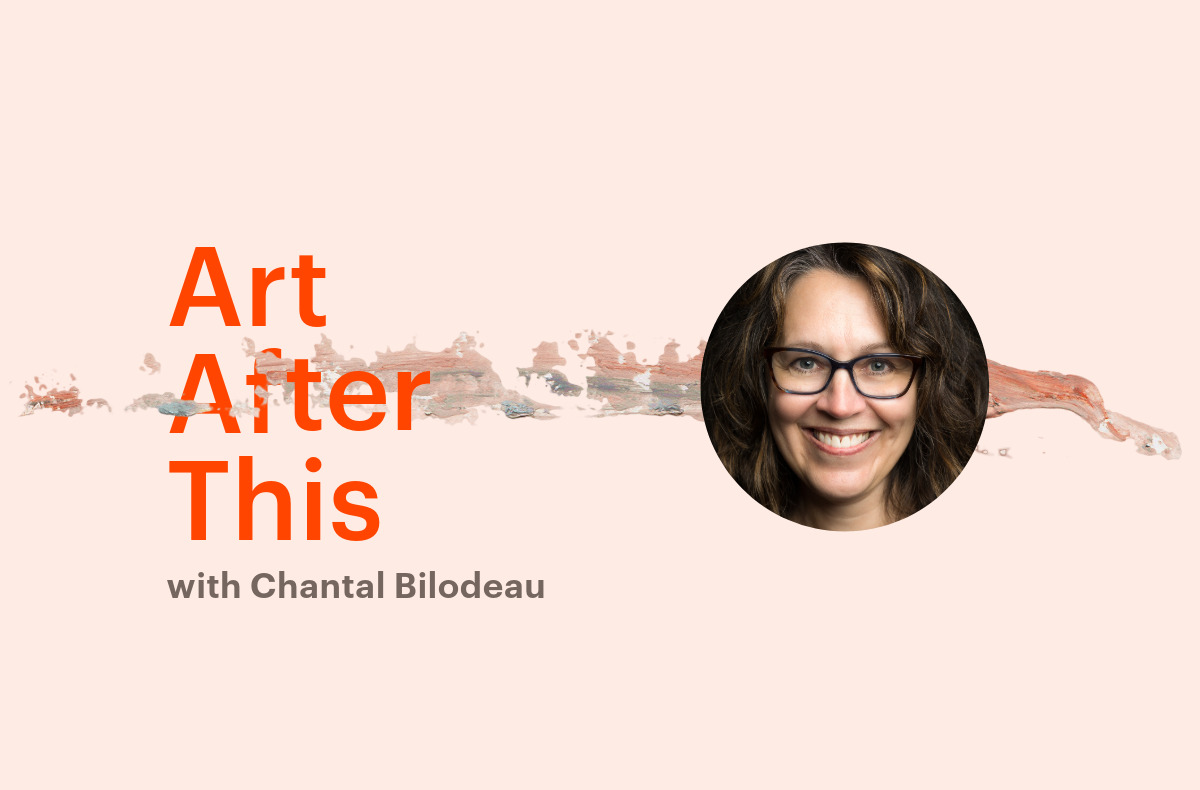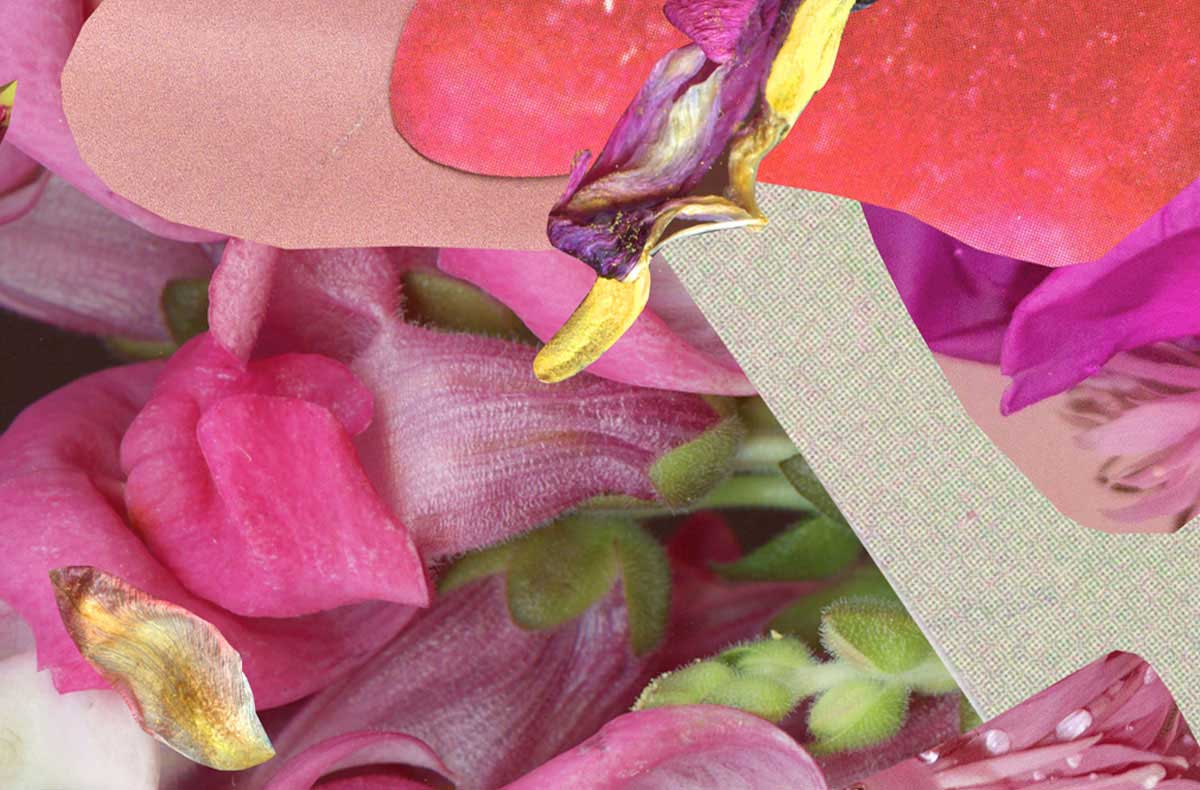By David Maggs, Metcalf Fellow on Arts and Society
“What am I doing? I ask myself that all the time,” confesses Chantal Bilodeau, a pioneering figure in climate change theatre. “Is this having an impact?”
As part of my ongoing effort to understand the role of art in the climate crisis, I was lucky to sit down with her for a candid conversation about this challenging and necessary work. “And sometimes?” she continues, “in less optimistic moments I just think, ‘forget it,’ maybe we just can’t stop this crisis, maybe we just have it coming.”
Clearly, these moments are rare, as Bilodeau has poured decades of time, energy, and passion into the practice of climate arts. “How did you come to this?” I ask.
“Al Gore’s documentary came out,” she explains, “I just happened to be visiting a friend in Alaska, and even then — that was 2007 — you could see it. It was my first time in the far north, and you could see how drastic the changes already were. It made me think, ‘I have to write about this.’”
We chat a little about what climate art was like back then. “There was no support,” she recalls. “There was no wisdom around how to do it, how to connect this unfolding crisis to something like theatre. All I ever heard was ‘it’s going to be boring, it’s going to be preachy.’”
Certainly, I can sympathize. Shaping our understanding of this crisis beyond scientific data and narratives of inevitable catastrophe in order to create a sense of meaning and possibility for people hasn’t been a strong point of sustainability efforts. “They were telling you there was no way to approach this crisis artistically?” I ask.
“And maybe that’s what I’ve been trying to do,” she nods, “to find that approach, how do these worlds come together?”
Bilodeau’s search has been an expansive one, co-founding Climate Change Theatre Action (CCTA) with playwriting colleagues in the United States and Canada, and now running it with Ian Garrett of the Centre for Sustainable Practice in the Arts. This distributed international festival commissions 50 playwrights every two years to create short works, five to eight minutes in length, based on a prompt designed to inspire theatrical responses to the climate crisis.
“The plays are freely available, and written to be produced anywhere — anyone who wants to organize an event in their community within a 12-week window in the fall,” explains Bilodeau. “People create events in their living rooms, at universities, in community gatherings. The works engage people in climate conversations and we ask them to include an action as part of their event. During the pandemic, we ran 125 events, over 1,000 artists and organizers participated and we reached an audience of 5,000, so we know there is interest out there. CCTA creates an artistic movement, if people feel they aren’t having much impact, this allows them to be part of something happening all around the world.”
“And those risks you were warned about?” I wonder, “being boring or preachy?”
“When you work internationally, you realize how much the perception of that depends on where audiences and playwrights are from. In Africa, for example, there is a long tradition of educational theatre for adults, and so some the plays we get from Africa are very much about that — that’s the goal, educating people,” says Bilodeau. “I don’t feel it’s my place to tell them not to do that.”
“So beyond the prompt, it’s hands-off?” I ask. “The writers go where they will?”
“If I do have an agenda, it’s to steer writers away from the apocalypse. In the early years, we got so much of this,” recalls Bilodeau. “‘The world’s falling apart, we’re all going to die, the world is going to be terrible.’ We try to steer people towards things that are empowering, hopeful — what is being done, as opposed to what isn’t. How people are rising up, building momentum wherever it is happening, rather than trying to scare people about where it isn’t.”
After delivering five iterations of the biennial festival and commissioning 250 short plays about climate from around the world, I am curious what changes Bilodeau has observed in the way playwriting deals with the climate crisis.
“Certainly, the works have grown more specific. Before it was CLIMATE CHANGE!” Bilodeau flashes two hands in front of the screen. “Now, it’s about sea levels rising in a particular location or a wildfire or other things people are aware of in specific areas. I think the works have also grown more sophisticated,” she says, “there’s much greater knowledge of the challenge now than there used to be.”
“Any patterns you find as you look across this immense amount of writing?” I ask.
“In 2021, Tara Wright of Dalhousie University and her student Bethany McMorine did an analysis of the plays,” explains Bilodeau. “They were able to show that there is a strong emphasis in the works on individual behaviour rather than collective action. That’s an insight I think we would have missed without that analysis, but it’s in the works, and we see that in the world, as well.”
When asked about the future of CCTA, Bilodeau is hesitant. “It’s very difficult to fund it, and participation has been declining since the pandemic. 2025 is going to be our 10th year so we will celebrate that, and then see if it has outlived its purpose. When we started there was nothing out there — no way to get this conversation going — now we are seeing this issue move more and more into mainstream culture-making around the world.”
As I recall where this began for Bilodeau, up in the far north trying to figure out how to bring the worlds of art and climate together — I ask about her own creative process, “how has your own work changed over the years?”
“You know, it’s funny, when I began, my whole work, my whole persona was so focused on a specific climate target: staying under 1.5 degrees of warming. I had built everything around that, and then it became clear we were not going to achieve that, so I was left wondering what to do. Since then, I’ve noticed a shift in my own work away from that kind of activist spirit, using art to try to get people to realize something or do something. Now I am interested in how art can provide them with something they need.”
“Such as?” I wonder, keen to understand what this more responsive relationship between art and climate might look like.
“More and more of what I do as an artist is focused on ideas of ritual, providing people with the rituals they need. Art that helps us process the grief, art that actively engages with our climate anxiety, and — maybe this is most important for me — art that reconnects us with the sacred. It’s got me reading recently about elves in Iceland.”
“Elves?” I ask, wondering if I’ve heard correctly.
“Elves,” she confirms with a bit of a smirk.
“… are going to save the climate?” I ask.
Bilodeau shrugs, “You rather leave it to people?”
I concede the point.
“What gives people a way to connect?” she clarifies. “What creates that relationship to their environment? Some might call it elves, other people might call it God, others might call it Gaia. We can all have our different definitions, but what I am starting to feel is so necessary is a relationship that goes beyond where science can take us.” Bilodeau pauses, and I lose her to a distant thought, as if suddenly considering the decades she has spent advancing this relationship between art and the climate crisis. “The deeper into this work I go, the more important I understand that to be.”




